'You need to be able to pull up the drawbridge': How to make multi-generational living work
For a young, growing family, moving in with, or adjacent to, the grandparents could be just the thing, says Madeleine Silver.
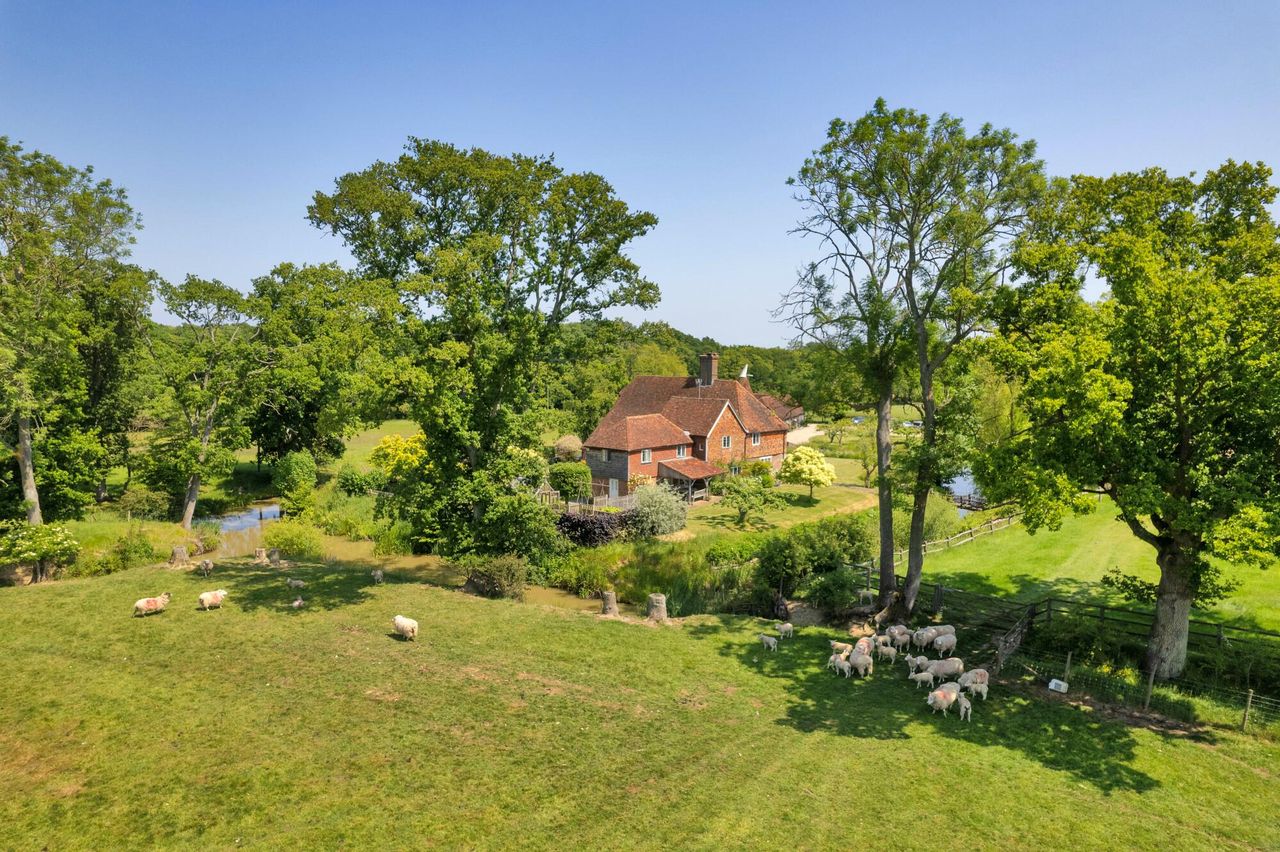

Mid-renovation, with no working cooker and 10 arriving for dinner, the safety net of deciding to live next door to her mother in Wiltshire became obvious for insurance broker Annabel Rees. Supper appeared as if by magic for guests, a sticky toffee pudding landing on the table still piping hot, having been rushed 30ft along the lane in November drizzle from her mother’s Aga.
Putting a pin in the map next to the village of Tisbury in the Nadder Valley, Mrs Rees and her husband, Tom, had decided to hunt for a multi-generational set-up back in the summer. This would be the solution for her mother, who was looking to downsize and be near her daughter and grandchild; and a childcare lifeline for Mr and Mrs Rees when they are in London for work.
‘The estate agents called what we were looking for a “unicorn” house — it was pretty hard to find the right thing,’ she recalls.
‘Most of the houses we saw had a main house with an inadequate-sized annexe. We were pooling funds, so I didn’t think it would be fair to put my mother in a glorified shed. We’ve ended up with separate houses next to each other, which is great in lots of ways and means my husband doesn’t feel as if he is living with his mother-in-law.’

A higher proportion of households were multi-generational in 2021 (2.1%) than in 2011 (1.8%), but, for Knight Frank partner James Walker, it’s less of a trend and more something that is growing in acceptability. ‘For my parents’ generation, who are in their mid seventies, you fledged the nest and went. Whereas now, arguably, it seems to be that parents are equally as enthusiastic to be with their children and their potential grandchildren as the youngsters might be to have some help, be it financial or with childcare. The care element is also more easily reciprocated if parents require it later,’ says Mr Walker.
In the Cotswolds, where he is head of prime property, it’s not only a question of how hard it is to find these set-ups, but rather how much you’re willing to pay, with prices upwards of £2 million for a good village house with a substantial annexe or modest cottage. ‘To facilitate this symbiotic relationship, you may be paying a premium,’ he adds, ‘because you’re satisfying two potential purchase requirements in one, which arguably is a great result for the two generations and your increased combined firepower to purchase improves choice.’
Agreeing on which arrangement to opt for can be a stumbling block if not properly thought out, comments Oliver Custance Baker, director of Strutt & Parker’s national country-house department. ‘Everyone wants something slightly different and it also comes down to the amount of money that different people are putting into the purchase. If you have your parents contributing more, for example, then they might say they want more than a two-bedroom annexe or cottage. It’s about working out as a family what space people need.’
Sign up for the Country Life Newsletter
Exquisite houses, the beauty of Nature, and how to get the most from your life, straight to your inbox.
Although Jason Corbett at Rowallan Buying Agents says it’s still rare to find people looking to buy somewhere to accommodate their family permanently — wanting an annexe or wing to put up friends and family on an ad-hoc basis is much more usual — there are others who go the whole hog. ‘We’ve sold houses where people have gone on to split them and even ended up sharing a kitchen. There might be a secondary smaller kitchen, but family life is in that main kitchen,’ says Mr Custance Baker.
When English teacher Josephine Close was expecting her second child earlier this year, she moved with her husband from Bristol back to her childhood home in a bucolic oasis on the edge of Bath, Somerset. ‘As the cost-of-living crisis hit and nursery fees soared, we realised we couldn’t afford another year of maternity leave and that, by moving into my parents’ home, we could afford again to live off one salary. We were in a very fortunate position in that my parents were also looking to downsize, but hadn’t managed to find a suitable property and have now been able to do this in their own home,’ says Ms Close.
‘They redecorated half the house and put in a kitchen for us, so we can be independent when we want to be. I think I’ve been surprised how it doesn’t feel like stepping back in time to my childhood — although there are constant reminders — and I now realise how fortunate I was to grow up here.’
The secret to success, whatever the arrangement, says Mr Custance Baker, is ‘being able to pull up the drawbridge’ when needed. As Mr Walker adds: ‘In my experience, it’s about being able to maintain a degree of separation to go about your normal day without too easily bumping into each other — even if it’s a hedge cleverly planted so you can’t see if the car’s in or out. Then it means there has to be either a plan or a phone call to say: “Would you like to pop over for tea?”
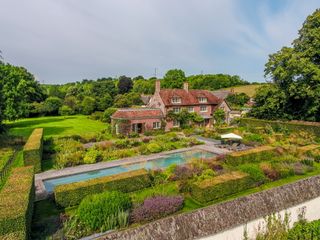
Credit: Strutt and Parker
Best country houses for sale this week
An irresistible West Country cottage and a magnificent Cumbrian country house make our pick of the finest country houses for
-
 A well-connected rural playground with 23 acres on the edge of the South Downs National Park
A well-connected rural playground with 23 acres on the edge of the South Downs National ParkOld House Farm is an impressive family home with a wealth of amenities that would inspire any rural passion.
By Arabella Youens Published
-
 The UK gets its first ‘European stork village’ — and it's in West Sussex
The UK gets its first ‘European stork village’ — and it's in West SussexAlthough the mortality rate among white storks can be up to 90%, the future looks rosy for breeding pairs in southern England.
By Rosie Paterson Published
-
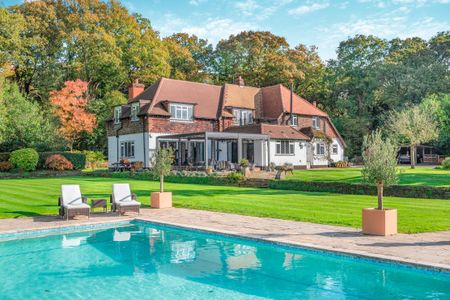 A well-connected rural playground with 23 acres on the edge of the South Downs National Park
A well-connected rural playground with 23 acres on the edge of the South Downs National ParkOld House Farm is an impressive family home with a wealth of amenities that would inspire any rural passion.
By Arabella Youens Published
-
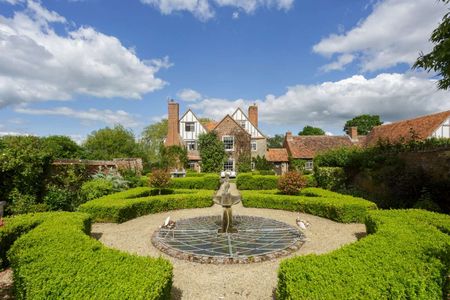 18 magnificent homes for sale from £550k to £20 million, as seen in Country Life
18 magnificent homes for sale from £550k to £20 million, as seen in Country LifeFrom a charming thatched cottage to a 300-acre estate with its own vineyard, here's our pick of places to come to the market via Country Life of late.
By Toby Keel Published
-
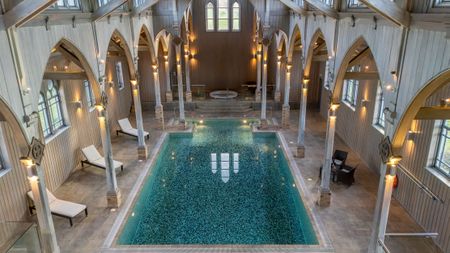 If heaven is on earth, it might be in this home with a converted chapel that is now a swimming pool
If heaven is on earth, it might be in this home with a converted chapel that is now a swimming pool5 Wood Barton Town House is part of an exclusive 80-acre development in Devon that also comes with fishing rights on the River Avon and four bedrooms.
By James Fisher Published
-
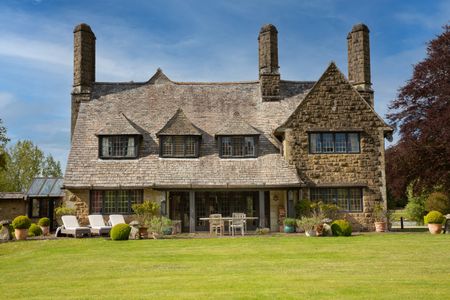 The sounds of spring and stained glass in an Arts-and-Crafts masterpiece in Dorset
The sounds of spring and stained glass in an Arts-and-Crafts masterpiece in DorsetWith 35 acres, more than 10 bedrooms, a swimming pool and tennis court, Winterfield has it all.
By James Fisher Published
-
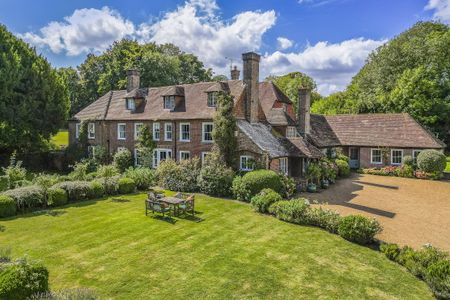 An eight-bedroom wonder in East Sussex where the outdoors are an adventure
An eight-bedroom wonder in East Sussex where the outdoors are an adventureThe interiors of Old Middleton are pretty good too.
By Arabella Youens Published
-
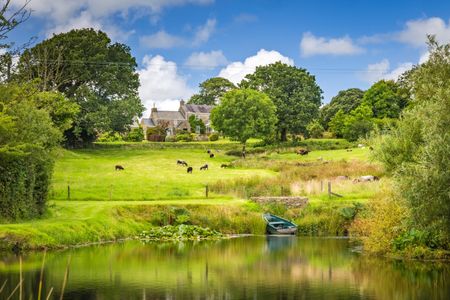 A lakeside farmhouse on the market in the beautiful heart of Pembrokeshire
A lakeside farmhouse on the market in the beautiful heart of PembrokeshireA lake, streams, 15 acres and five bedrooms. Rogershook might have it all.
By James Fisher Published
-
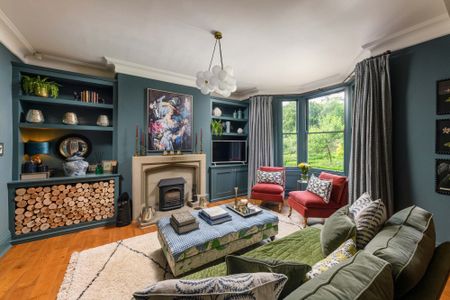 An idyllic countryside home that's light, spacious and comes with a Grade II-listed folly
An idyllic countryside home that's light, spacious and comes with a Grade II-listed follyHagg House is a gorgeous family home that just happens to have a miniature castle in the gardens. Annabel Dixon explains more.
By Annabel Dixon Published
-
 A historic villa for sale on the Via Nomentana worthy of Rome's rich history
A historic villa for sale on the Via Nomentana worthy of Rome's rich historyThree floors, lots of balconies, and a private garden in one of Rome's loveliest neighbourhoods.
By James Fisher Published

